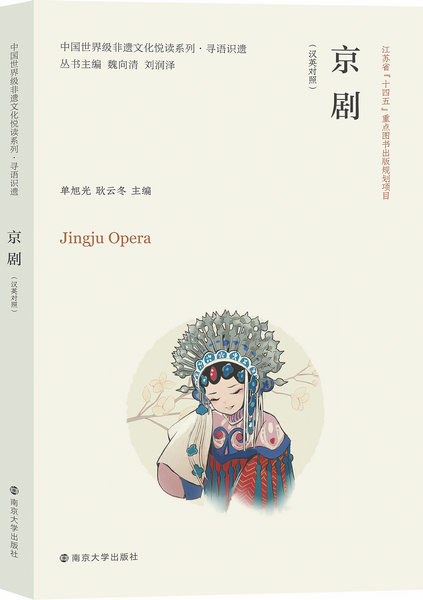

As an admirer of traditional Chinese musical drama, such as Kunqu and jingju, I know that many foreigners, and even many young Chinese, are resistant to the music. They find the voice production and melodies strange. It is true that these books don't include sound, but I can certainly say that the simple and attractive way they are presented gives an appealing impression. You can enjoy the costumes, gestures and actions, so why not the music too?
Chinese architecture is easier to appreciate. Yet, it is important that foreigners understand it not only for its magnificent structures, so characteristic yet so different from Europe, but also for its technical side and contributions to world architecture. The book refers to "timber-frame architecture", which alerts the reader to the significance of wood as the primary material in the construction of these buildings.
China is famous throughout the ages for its silk production, and the famous Silk Road became more or less synonymous with the transport of silk, commodities and ideas across the great Eurasian continent. But the production and culture of silk in China is not only a real form of economic life but an art in itself. So, it is good that two books deal with sericulture and the beautiful brocade that comes from silk.
Overall, these books are a great contribution to the literature on traditional Chinese culture, a wonderful resource for learning and teaching. They make a splendid contribution to cultural relations between China and other countries. And that can only benefit the world in this time of tensions and competition.
The author is Professor Emeritus of Griffith University, Australia, and Honorary Professor of Beijing Foreign Studies University in Beijing.